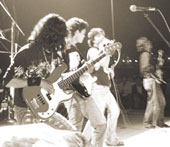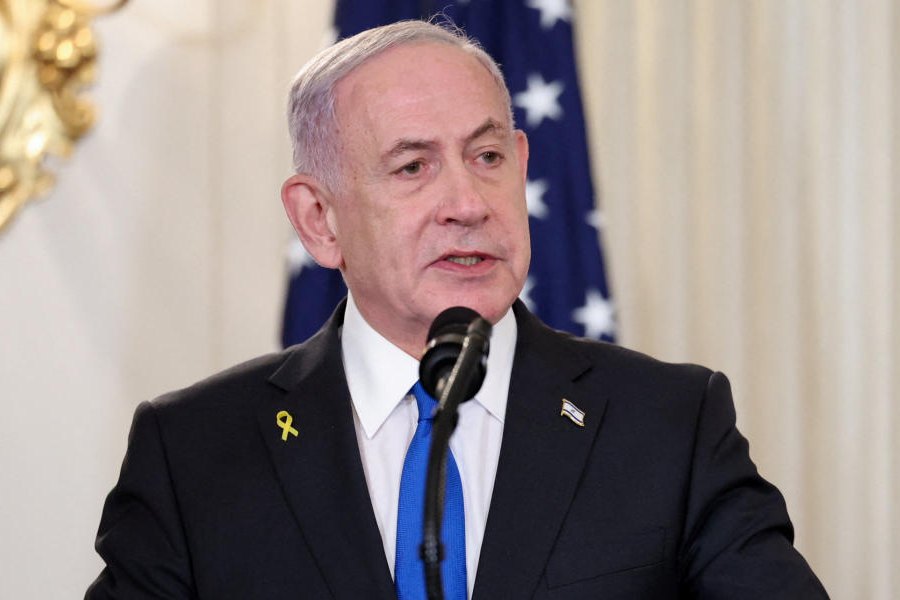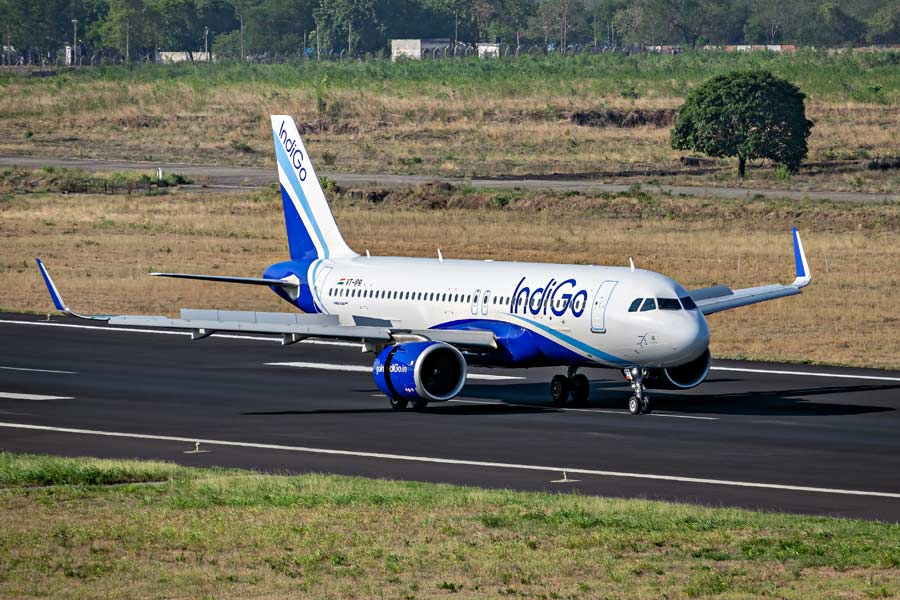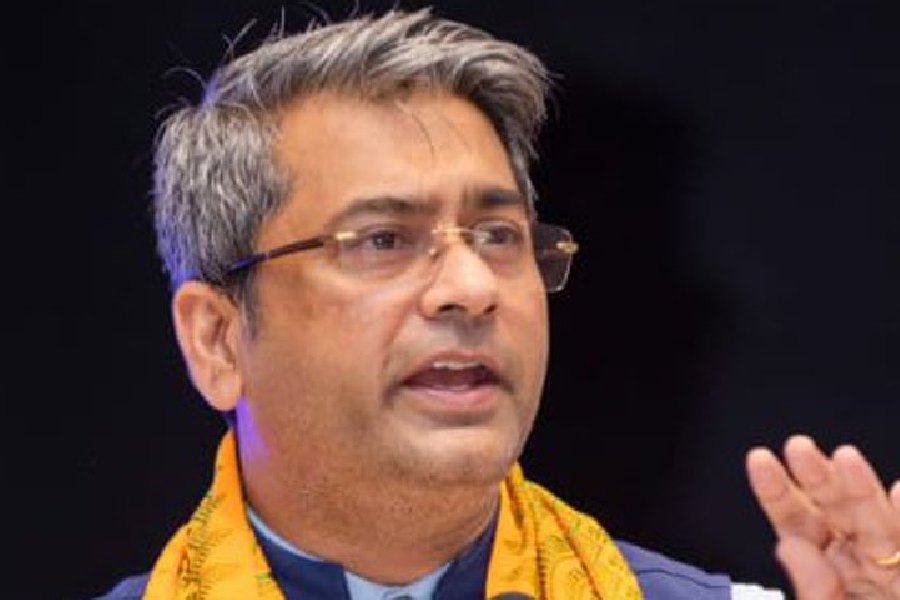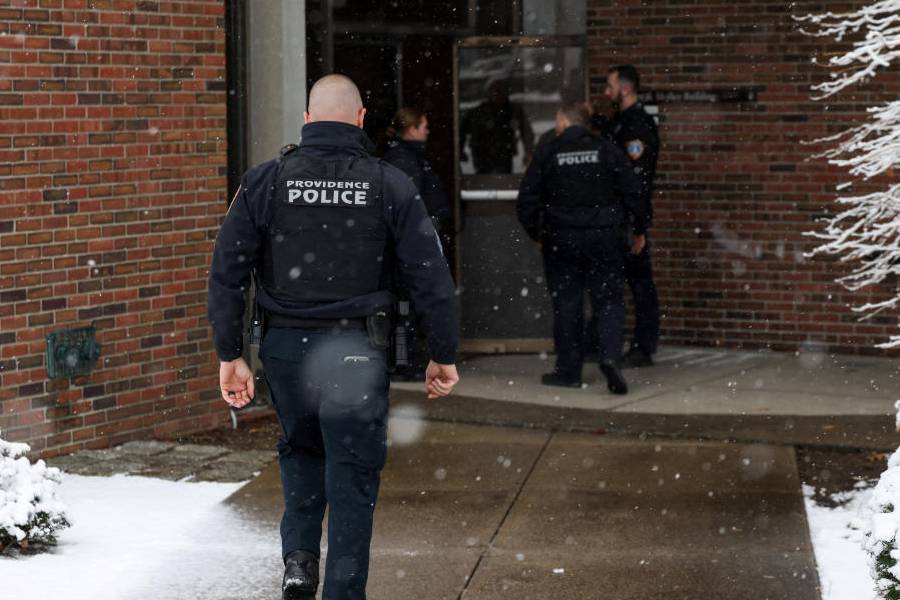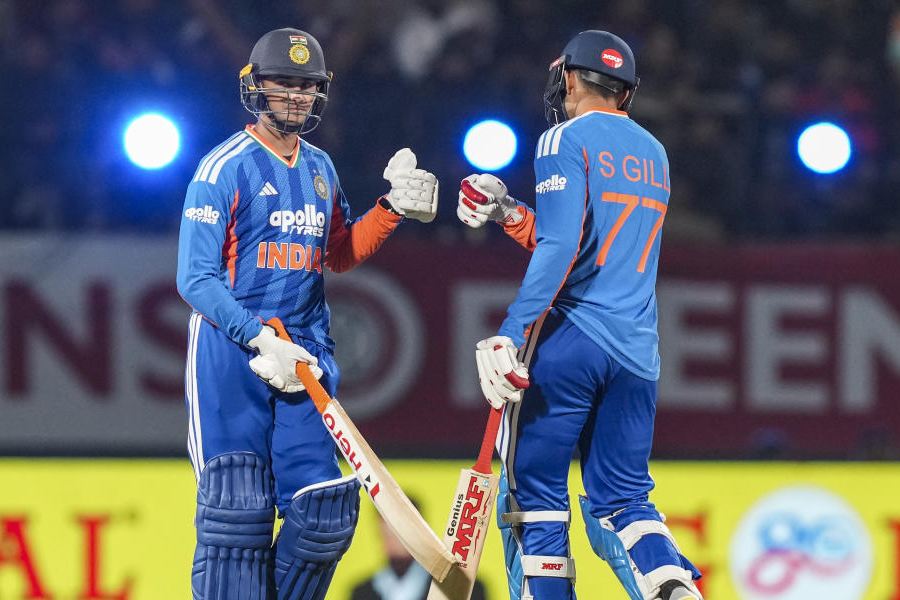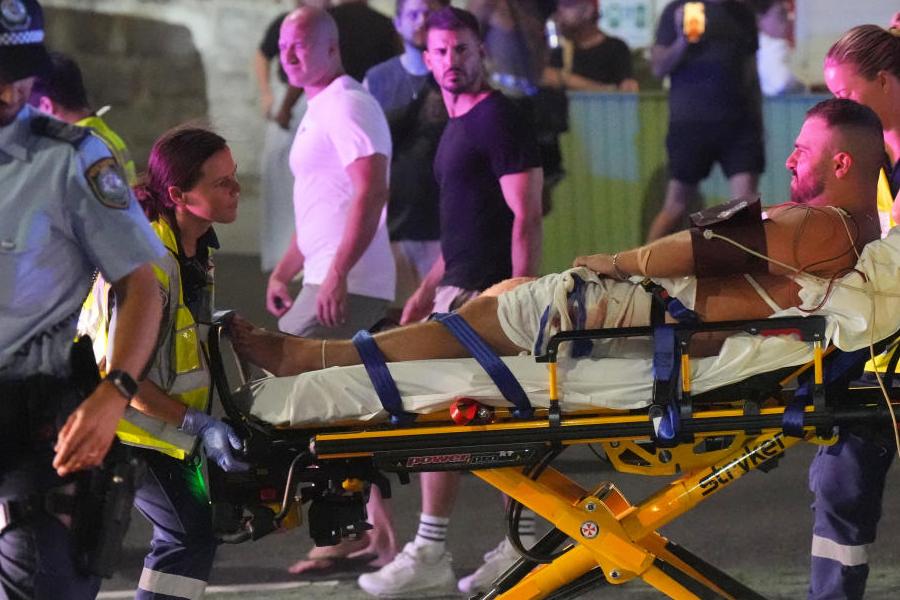 |
 |
| Rhythm of life: Lou Majaw; the band Faith (top) |
If you are in Shillong and travelling in a cab, don’t be surprised if you find your taxi driver playing Led Zeppelin on his tape deck. For this, clearly, is a city that rocks. “I love the Sixties’ music and my clients ? young or old ? enjoy it as well,” says Barry, a cabbie from Laban in Shillong.
Not just Shillong, music ? especially the heady and heavy tones of rock ? rules most parts of the Northeast. And though Manipur is beset with problems of insurgency and protests, the region has been spawning music bands by the dozens. The youth of Sikkim have been rocking Gangtok as well. Music rules Nagaland, Mizoram, Arunachal Pradesh and Assam. And, even now, every other young boy in Shillong sits by the roadside, gently strumming his guitar.
Shillong has, for long, been the musical mecca of hard-core rockers. Fears of violence brought about a lull in the festivities in recent years.
But, once again, music is being celebrated in the region as never before. Bob Dylan’s Birthday on May 24 every year features old timers like veteran bassist Lou Hilt and drummer Nondon Bagchi jamming with Lou Majaw ? the founder of the Shillong band, The Great Society ? and the others.
Roots ? the most celebrated reggae festival in the country coinciding with reggae king Bob Marley’s birthday in February ? is another big draw. And a great many musical festivals are organised in Nagaland and Assam throughout the year. The Indian Institute of Technology in Guwahati, for instance, is gearing up for its annual festival, Alcheringa, starting February 3.
There are, by one estimate, at least 50 to 75 bands in the region, out of which 30 are considered big time. The list of the well-known bands is a long one. Shillong boasts of Soulmate, Snow White, King Apple, The Great Society, Bands Men, Rebel Soul and Voices. Among the prominent groups in Assam are Moonwind, Friends, Euphonic Tranze, Faith, Wave, Voodoo Childe and Celestial Doom.
Troubled Manipur has its Cannibals, Brothers Band and A for Apple.
Nagaland is proud of its Native Colours and Wave. In Mizoram, Tribal Power, IIIrd Sovereign and Rap Star Michael rule, while Destiny rocks Arunachal Pradesh and Still Waters, Sikkim.
Shows are held anywhere and everywhere ? from auditoriums to parks, market squares such as Police Bazar in Shillong, to stadia and river banks in Assam. Music ranges from rock, blues and jazz to reggae and even pop.
Elsewhere in the country, the young sway to songs such as Kaanta lagaa and Dharak dharak. In the Northeast, they swing to live music, as bands belt out old rock classics from Jethro Tull to the Doors, or even their own compositions. “Given a choice I would attend a live concert by a band, rather than dance in one of those discotheques,” says Martha, a college student from Shillong, with suitable disdain.
The Northeast has always been the capital of music, ever since the legendary Lou Majaw sang reggae in Calcutta in the early Sixties, rocking the night club scene in the city just after Toto Wallang and Edward Raymond Rynjah ? also from Shillong ? headed back home.
Since then, musicians from the Northeast ? Assam’s Kalyan Barua to Meghalaya’s Arjun Sen, both guitarists, and a great many others ? have had a devoted fan following wherever they have played, in and outside the Northeast.
That’s because, the pundits hold, from the very beginning, the Northeast saw rock not simply as music but also as knowledge. “To be a rock fan is not just to like something but also to know something, to share a secret with one’s fellow fans, to take for granted the ignorance of non-fans,” says Neil, a music aficionado from Shillong. Adds Momocha, the front man of Cannibals, a band from Manipur, “In the relentless speculation on mass culture that defines post-modernism, rock remains the least treated cultural form.”
With large fan followings, the knowledge has been easily disseminated. “We have played in the lounge bars of Guwahati wherein generally disc jockeys have their wars and somehow we were appreciated by the regular crowd present there,” says Suman Dutta, the front man of Moonwind. Indranil, a Guwahati-based music lover, tells you why. “I just don’t understand the type of music these DJs play. I am a die-hard rock fan and they don’t play that music.”
Clearly, the young in the Northeast do what they can to keep the music flowing. Young boys and girls save up their pocket money to buy a ticket for a live show. And if there is a top artiste from Mumbai’s Hindi film industry performing in one of the biggest halls, and a local band playing at the same time in some corner of a city, chances are that the people will be listening to the band instead of attending the Mumbai artiste’s show.
“Ours is a different kind of music that stirs emotions, slowly sinks into the heart and stays there forever,” says Joshua, front man of Euphonic Tranze. “We don’t churn out the routine pop stuff, which draws people into dancing,” he says.
But there is a growing fear that music is changing, as musicians take to technology, which includes pre-programmed synthesizers and controlling sounds. “In today’s world for most rock fans, there’s a deep-rooted sense of difference between “real” musical instruments ? guitars, drums, saxophone, piano, flute and so on ? and false ones, that is electronic devices of all sorts,” says a music critic.
Some believe that technology allows a musician to be more creative. And in most parts of the Northeast, a debate rages between advocates of pure music and those who have embraced what technology has to offer.
But, then, in a region where music is seen as a form of knowledge, a debate can only enrich melody. And it will ? cheered by hundreds of thousands of music lovers.

